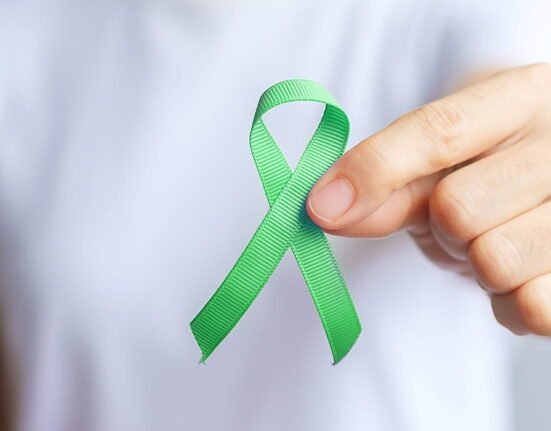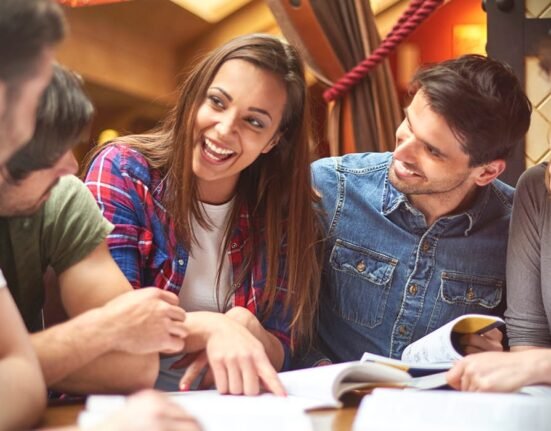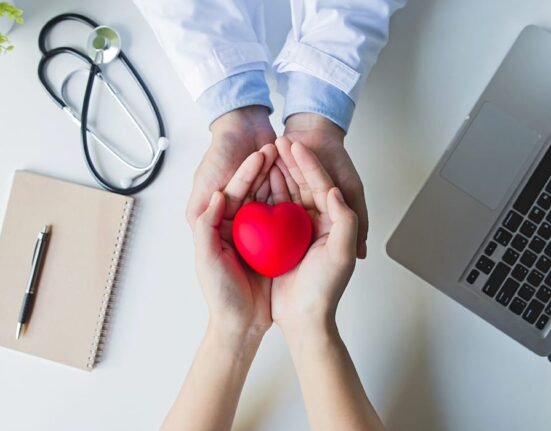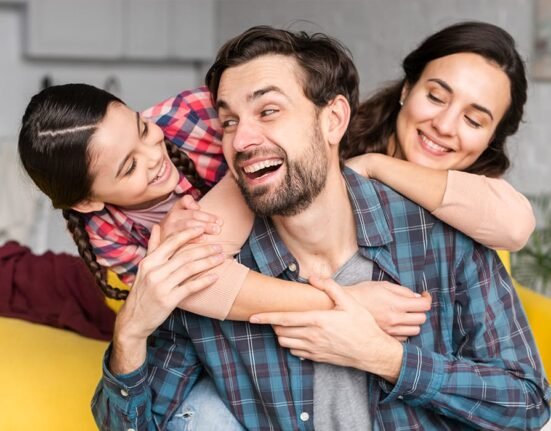Of all the Behavioural Traits of the buyers such as Complex buying behavior, Variety-Seekers, Dissonance reducing buying behaviour, habitual buyers and Impulsive buyers (Which usually involves the absence of logical thinking). We would definitely be one among them. Purchasing things “on the spur of the moment” refers to making unplanned, spontaneous purchases without prior thought or planning, often driven by emotions without foreplanning.
The primary study of the impulsive buying behaviour stems from two perspectives: exogenous and endogenous. Exogenous factors include creating an appealing atmosphere; merchant marketing activities; and a shopping presence. Endogenous factors include consumer’s motivation arising from the shopping and perceptions of available information. It is found that every customer who both buys in person or online makes three impulse purchases per week. Let’s see the consequences of the impulse buying and psychological well being of Mindful consumption.
Reason behind the Impulsive Buys
- Enjoyment: Some People impulsive buy as in excitement to use new product and for some to relieve stress or to get rid of sadness also called as retail therapy.
- Fear of losing the moment: The fear of missing out on the lucky deals posted for fair price tends for the impulsive buys.
- Social Proof: Showing proof of other customer’s reviews for the good credibility for your brand by integrating customer reviews on product pages.
- Product Sale: Other marketing strategies such one plus one offers makes the customers buy too many products.
- Addictions and habits: People also like to collect things as a hobbies which will make them an impulsive buyer when it is not found elsewhere. Addictions such as Consuming coffee can influence impulsive buying.
- Motivation: The short self satisfaction after buying the product and feeling of accomplishment.
- Learning: Past purchasing mistakes often motivate buyers to revisit the same product category, this time exploring different brands in search of better quality or satisfaction.
- Social Exclusion: The fear of being the odd one out or not keeping up with current societal trends can lead individuals to make impulsive purchases in an effort to fit in and strengthen social relationships.
- Loss Aversion: Not mentioning about the potential gains of buying the product to the customers but creating a feeling of FOMO the deals or product among customers can increase the possibility of impulsive buying.
List of the Common Impulse buys:
People who primarily rely on online platforms for shopping often end up exceeding their initial budget more than those who purchase in physical stores.
- Clothing and Apparel: Of Course, Clothing should take the top list of all impulse purchases made by consumers. And a 50% discount or clearance sale makes the customers attracted to buy the product more.
- Food and Groceries: Other important items in the impulse buys list are food and groceries. It’s a big source of impulse purchases in grocery stores.
- Shoes: One of the commonly used products by both genders are shoes. On the top of it, when a favorite brand offers win-win deals it’s very difficult to resist in that situation.
- Takeout and Delivery: In today’s fast-paced life, customers who work long hours or prefer not to cook often make impulsive food purchases through takeout or home delivery from restaurants.
- Beauty Products: The impulsive buy is more for the product that is spent on ourselves.one such thing is beauty products or the skin care products to look attractive and beautiful and at the same time presentable to others.
Tactics used for Customers to buy the product
The common denominator for impulse purchases in small stores is pricing. In the large store, the main driver is product displays. The items you use to test impulse purchases have to be positioned so that your customers can find them easily. This means they are neither too high up on a shelf nor so low down that hardly anyone will notice them when walking past.
- People often associate high quality products with higher price. For Instance, We don’t buy expensive watches from the people who sell on pavements thinking that they should be duplicated.
- Small items such as mascara, make-up remover tissues and nail polish umbrellas are often small and inexpensive. This makes it easier for the customer to justify incorporating them into their other purchases at a reduced rate.
- Through tactics, personality pricing–such as ending your Cornflake boxes for rs 99 rather than just 100 which evoke the feelings of excellent value and affordability for the consumer. People have already started this pricing strategy in every store: in garments retailers like Reliance Trends, Max, Lifestyle.
- Marketing sportswear in the stores is common regardless of the season; but if a message comes like “A new year, new self” which is highlighted at the beginning of January makes everyone make their new year’s resolution. It will serve people even more reason to buy things they don’t really need.
Why it is Important to consume the products Mindfully
One of the major reasons to consume mindfully is Sustainability – It has environmental, social and economical benefits. Mindful consumption, an evolving paradigm in contemporary society, transcends the conventional understanding of consumer behavior, emphasizing a deliberate and conscientious approach to acquiring and utilizing goods and service Mindful Consumption. This concept extends beyond mere purchasing habits, permeating into the very fabric of our lifestyles and demanding a fundamental shift in mindset regarding resource utilization and waste generation (Żywiołek et al., 2021).
Negative effects of Impulsive buying:
Although impulsive buying behaviour triggers the consumers to feel satisfied for a certain time period, it also brings many adverse consequences to individuals.
- When millennials engage in impulsive buying, it can develop into a habit, potentially leading to more serious personal and financial issues.
- There’s little value in overspending on a product that ultimately goes unused.
- Borrowing money and being in debt financially which leads to depression.
- Scarcity of the raw materials and the by-products in the difficult situation such as during floods, Pandemics etc.
- When individuals hoard, the resulting clutter can significantly disrupt their lives and negatively affect their loved ones.
Instance of Impulsive Buying in Real Time Situation:
Of course, the obvious situation is The Pandemic – Covid 19 is critical because it has as it has profoundly affected consumers’ psychological health, causing greater stress and decreased security. For instance, during the pandemic, many of us became impulsive buyers—stocking up on pharmaceutical products like paracetamol tablets, face masks, and inhalers, as well as basic groceries like milk and bread—driven by the fear of potential shortages in the days ahead.
Read More: How Financial Stress Became a Reason of Mental Health Crisis: Research
Retail Therapy vs Impulsive Buying:
Someone might be thinking there is no difference between impulsive vs retail therapy but you are wrong! The characteristics of impulsive buying are Unplanned or spontaneous purchase driven by spontaneous emotions and desires. On the other hand in retail therapy the primary motivation for buying is mood improvement or stress/anxiety to relieve negative emotions.
Conclusion
Finally to conclude about mindful consumption you must know Maslow’s hierarchy Model – Stems from the hierarchy of five fundamental categories: physiological, safety, love, esteem, and self-actualization that satisfies the basic human necessities to live. While basic necessities sustain us, an overabundance can be detrimental to our physical,Psychological and Environmental well-being. The desire for a comfortable future is understandable, yet there’s a delicate balance between prudent planning and excessive greed.
References +
- Rodrigues, R. I., Lopes, P., & Varela, M. (2021). Factors affecting impulse buying behavior of consumers. Frontiers in Psychology, 12. https://doi.org/10.3389/fpsyg.2021.697080
- Yu, Y. (2022). Effects of negative emotions and cognitive characteristics on impulse buying during COVID-19. Frontiers in Psychology, 13. https://doi.org/10.3389/fpsyg.2022.848256
- Zhang, X., Fan, J., & Zhang, R. (2023). The impact of social exclusion on impulsive buying behaviour of consumers on online platforms: Samples from China. Heliyon, 10(1), e23319. https://doi.org/10.1016/j.heliyon.2023.e23319
- Wang, S., Liu, Y., Du, Y., & Wang, X. (2021). Effect of the COVID-19 pandemic on consumers’ impulse buying: The moderating role of moderate thinking. International Journal of Environmental Research and Public Health, 18(21), 11116. https://doi.org/10.3390/ijerph182111116
- Wong, S., Wong, S., & Wong, S. (2023, February 20). How drinking coffee can impact the way you shop. M2.0 Communications Inc. – Public Relations Firm. https://m2comms.com/2023/02/20/how-drinking-coffee-can-impact-the-way-you-shop/
- Rosenberg, E. L. (2004). Mindfulness and consumerism.
- Armstrong, A., & Jackson, T. (2015). The Mindful Consumer. Mindfulness training and the escape from consumerism.
- Doran, P. (2017). A political economy of attention, mindfulness and consumerism: reclaiming the mindful commons. Routledge.













Leave feedback about this